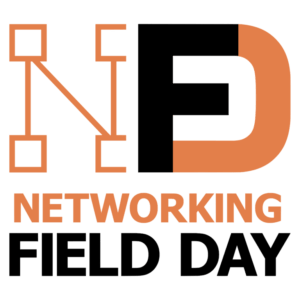This blog is part of a series covering various SD-Access topics.
Previous blogs in this series:
- What Is SD-Access and Why Do I Care?
- Navigating Around SD-Access
- Managing SD-Access Segmentation
- Securing SD-Access Traffic
- SD-Access Single-Site Design
- SD-Access Multi-Site Design
- SD-Access Multi-Site Lab
- SD-Access Multi-Site Lab Tasks
- SD-Access IP Pools
There’s one key thing to consider in your SD-Access planning, something that might not be on your “radar,” or that could be easily forgotten or overlooked: What does your organization do for E-911 location services?
This blog covers what I know (or think I know) about E-911 and SD-Access.
Disclaimer: I’m not a unified communications/collaboration guy. So I researched this topic as best I could, including discussions with colleagues. There may be other choices or factors I’m not aware of.
My goal here is primarily to alert you that E-911 needs to be part of your SD-Access design planning. And sketch out what you can do within SD-Access to align with your E-911 solution.
How Does E-911 Location Work?
I gather there are two basic ways that sites and vendors make E-911 location work:
- Map phone subnet to location
- Map phone switch and port(s) to a location (phone MAC to switch/ports and that to a location via lookup)
There may well be other methods. These two appear to be the common ones.
Some E-911 products do the first of these. Cisco Emergency Responder, RedSky, and West can do the latter.
What Can We Do In SD-Access?
Normally in SD-Access, subnets carry traffic for all SGs in a given VN across all switches within a fabric site. That means that the subnet is not normally tied to, e.g., a wiring closet.
That is fine for E-911, as long as your E-911 product bases the user location on switch and port.
If the E-911 product uses a subnet to identify the location, note that you can deploy SD-Access with per-switch VLANs for either data or voice. The cost of doing so is a good bit a bit more clicking in DNAC when provisioning the switches. Do-able, but tedious.
The way you can configure this is by going into Host Onboarding, going to Port Assignment, and assigning a VoIP IP Pool that is for the selected switches and ports. If you need to do E-911 for softphones, then you can also do a local over-ride for the data IP Pool.
Conclusion
E-911 location services are something you need to think about when planning your SD-Access design and deployment. Two common approaches are discussed above. If your solution is subnet-based rather than switch/port-based, then you can either change to a product that uses switch/port mapping, or you can use per-switch IP pool over-rides in DNA Center.
Other E-911 products may have different capabilities or limitations. Hopefully, this blog will provide you with options that can work with your situation.



